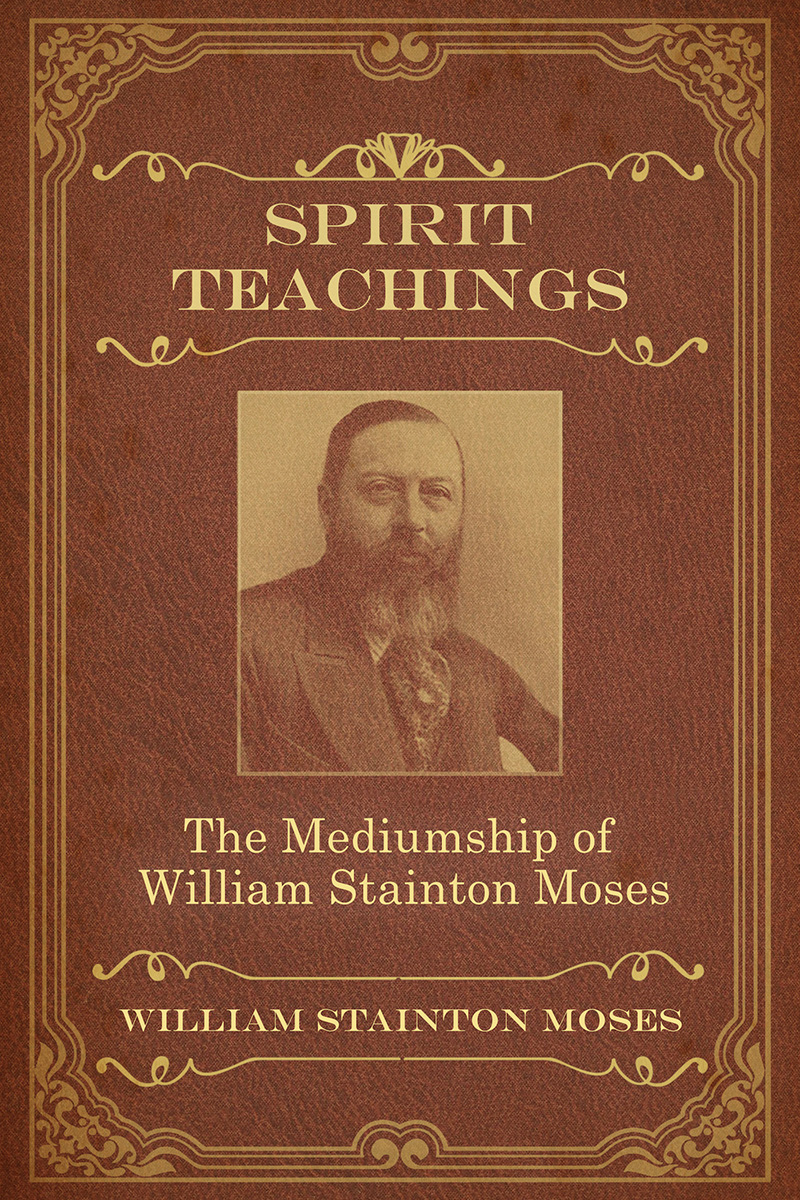Summary
William Stainton Moses, an Anglican priest, authored Spirit Teachings in 1883, nine years before his passing. It is now considered a classic in the Spiritualist genre.
Initially, Moses was antagonistic toward spirit communication, calling the mediumship of D. D. Home “the dreariest twaddle”. However, in 1872 he attended a séance for the first time and five months later became aware he had psychic abilities which eventually manifested as automatic writing. Later that same year, a communicator writing through his hand introduced himself as Imperator Servus Dei, claiming he was the leader of a band of 49 spirits communicating from the seventh sphere – their purpose, to work out the will of the Almighty.
Much of the communication came via a spirit named Rector, who claimed to reside in a lower sphere than Imperator’s team, one closer to our physical vibration, which enabled dialogue.
Imperator and the other communicators answered many questions Moses put to them such as the nature of reality, life after physical life, spirit influence, skepticism, Jesus, the Second Coming, prayer, disposal of the body and much more. Moses found his Christian dogma constantly challenged by what came through his hand. During one sitting, Imperator explained, “Friend, you must discriminate between God’s truths and man’s glosses”.
Stainton Moses’ writings have become essential reading for truth seekers with an interest in life and death and despite the nineteenth century vernacular, the messages of wisdom are timeless and appeal to reason.

